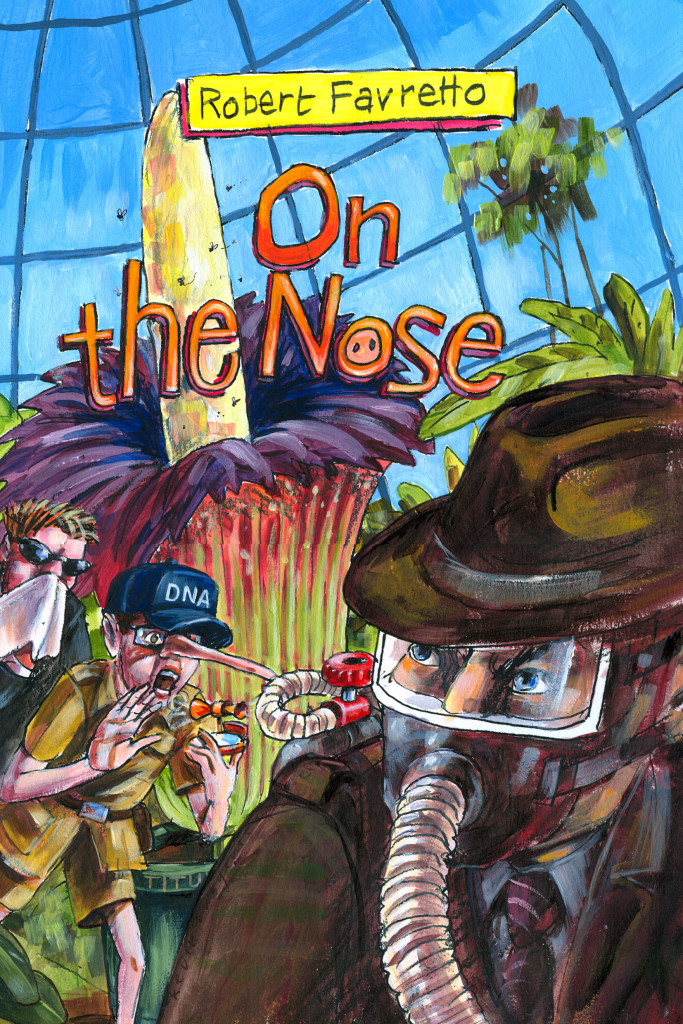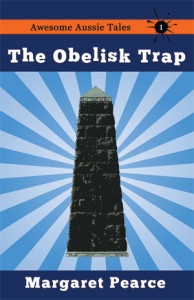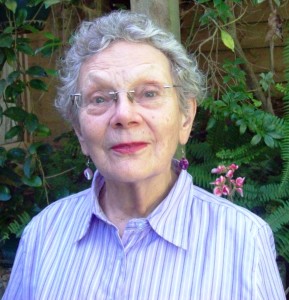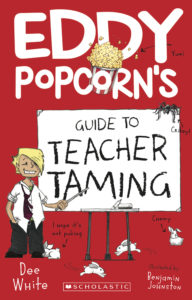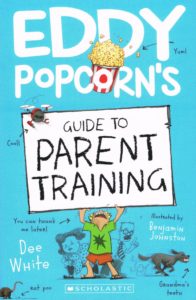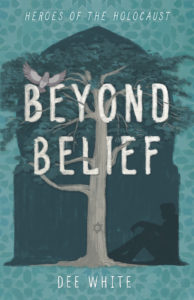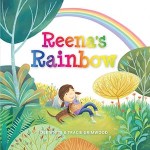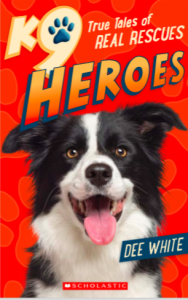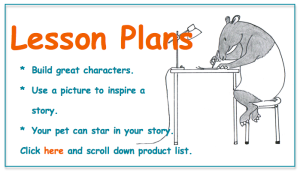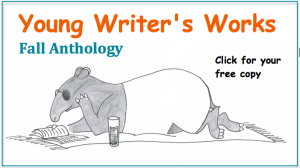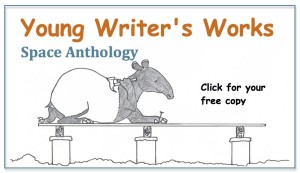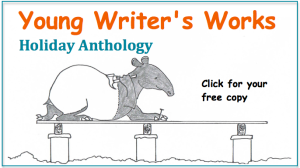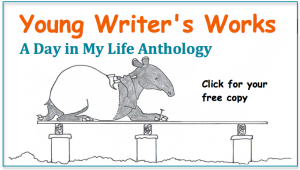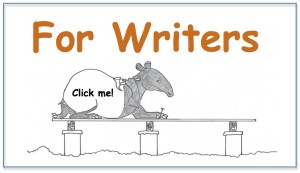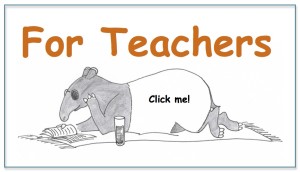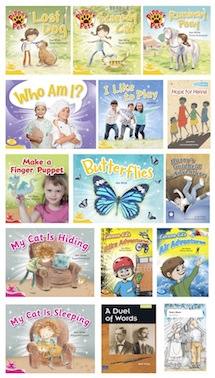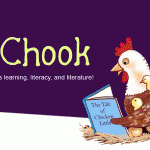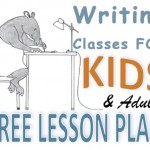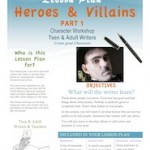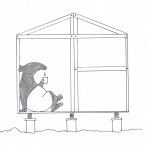 Today I’m pleased to welcome author, Robert Favretto. Robert has a fabulous new book out with Morris Publishing called On the Nose.
Today I’m pleased to welcome author, Robert Favretto. Robert has a fabulous new book out with Morris Publishing called On the Nose.
ABOUT ON THE NOSE
Justin Credible is a real live Pinocchio with a keen sense of smell. Trained as a super sleuth for the DNA (Department of Nasal Affairs), he is often called upon at the first sniff of trouble.
With a nose for those hard to crack smelly cases, it’s no surprise when Justin responds to an urgent call for help. Someone or something has dropped a stink bomb in the city of Aroma – and the stench is devastating! Gardens are wilting, birds are dropping out of the sky, and the residents are leaving in droves!
With sleuth-like determination, Justin follows his nose to solve the mystery of the phantom smell before it wipes Aroma off the map.
WHY ROBERT WROTE THIS BOOK
Disgusting smells have always held a fascination for kids. I thought I’d write about a comical, quirky character with a prominent nose and penchant for smells.
It doesn’t take long before Justin Credible’s gift is identified and fine-tuned to fight crime of a smelly nature. However, unlike talented kids who are sometimes singled out and teased for being exceptional, Justin isn’t resented at all.
At a time when bullying is becoming more and more frequent among children in schools and online, it’s great to see that his difference is embraced and celebrated, not shunned and ridiculed. So apart from On the Nose being a rollicking fun read, it also has a light-hearted message.
1) I’m always on the lookout for story ideas. I use all of my senses to observe what is around me. Sometimes I jot down my observations in my notebook. Then, when trying to come up with a writing idea, I pull out my notebook for inspiration. You can write about a whole range of things; like the mystery smell that features in On the Nose. Keeping a notebook will sharpen your powers of observation…and make you a better writer.
2) A good way to plan your writing is to complete a story map. I wrote a brief description about the characters, setting, problem and resolution I was going to use – to show how my story developed.
Remember to use your imagination, and ask yourself, “What if? …’
3) Once I finished with my rough draft, I read it out aloud and ask myself the following questions: How does it sound? Are there parts that could be more clear or interesting? Are there parts I’d like to shorten or make longer? This helps me to revise my writing to make it even better.
4) When I’m finished revising my draft, it’s time to proofread and edit it. Proof-reading and editing involve re-reading carefully and correcting any spelling, punctuation, and grammar errors that you find. Sometimes a writer finds it helpful to have someone else proof-read a piece of writing. Then, after discussing the piece, the writer will go back and edit it.
5) After I’ve finished revising my draft, I write up my final version. And then it’s ready to share!
On the Nose is published by Morris Publishing Australia, and is available by order from their website www.morrispublishingaustralia.com or any bookstore, including, Barnes and Noble and Booktopia. Wholesale distribution is by Dennis Jones & Associates www.dennisjones.com.au
WIN A COPY OF ROBERT’S NEW BOOK
Robert is visiting Writing Classes For Kids on his blog tour.
As part of the blog tour, we will give away a copy of ‘On The Nose’. To be in the draw, simply comment on the post and send an email of your comment to submissions@morrispublishingaustralia.com with the subject “On The Nose competition”. Competition closes midnight EDST 15th April 2014.
On The Nose (Morris Publishing Australia)
PB RRP $13.95
ISBN: 978-0-9875434-7-9
http://morrispublishingaustralia.com
Join us for reviews and more interesting facts about Robert and the book as you follow the tour.
| April 1st | www.kids-bookreview.com | Review |
| April 2nd | www.buzzwordsmagazine.com | Interview |
| April 3rd | http://writingclassesforkids.com. | Writing tips for kids |
| April 4th | elaineoustonauthor.com | Interview |
| April 5th | http://clancytucker.blogspot.com.au | Interview |
| April 6th | http://diannedibates.blogspot.com.au | Review |
| April 7th | www.melissawray.blogspot.com.au | Review |
| April 8th | http://www.morrispublishingaustralia.com | Interview |


